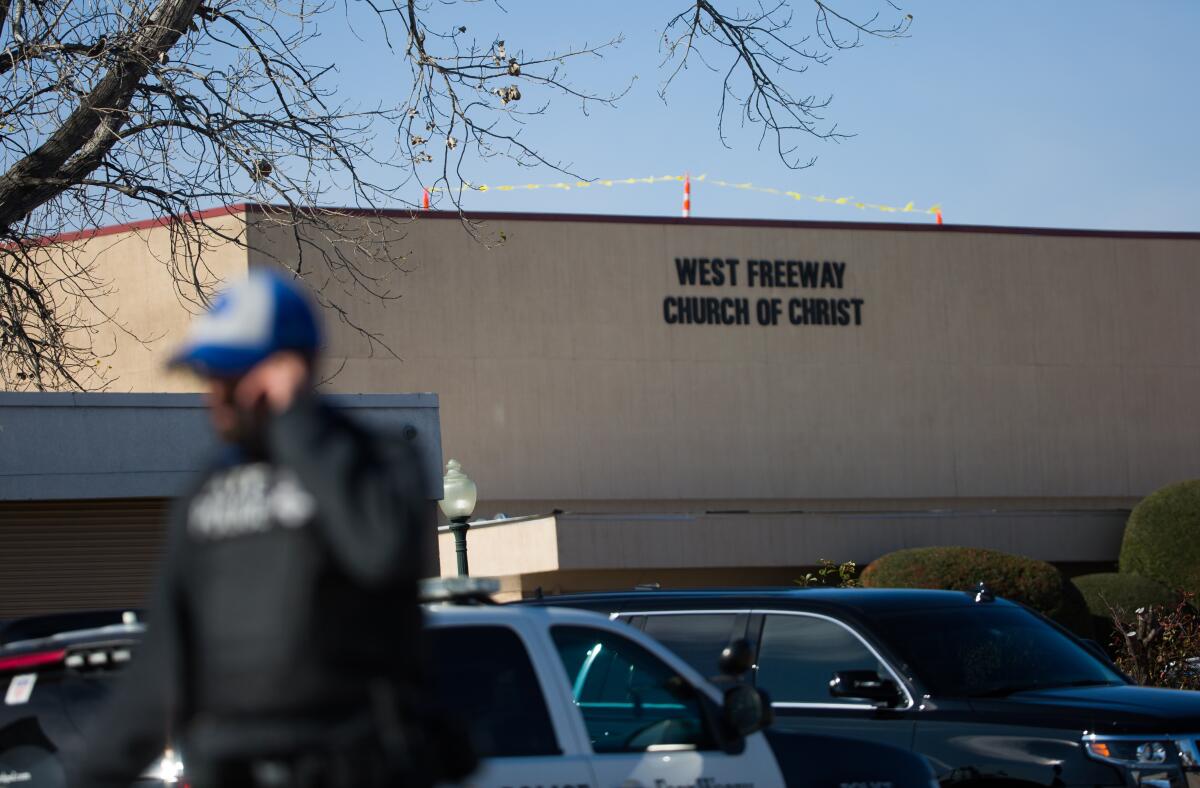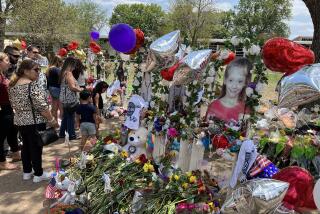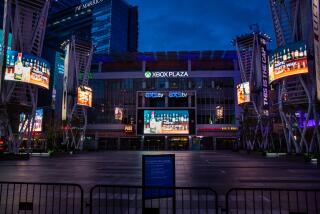Opinion: Why do people attack places of worship? Here’s what we know from our mass shootings database

This year has been the worst on record for mass killings, with more than 40 attacks in which four or more people were killed.
This has also been one of the worst years in recent history for attacks on religious groups or places of worship. On Sunday, a shooting at a church in White Settlement, Texas, left two dead and one critically wounded. This follows a mass stabbing that injured at least five people at a rabbi’s house in New York state Saturday, and a mass shooting at a kosher grocery store in Jersey City, N.J., earlier this month, which killed three.
In April, on the last day of Passover, four people were shot, one fatally, at the Chabad of Poway synagogue in Poway.
We have assembled a comprehensive database of mass shooters who killed four or more people in public, including in places of worship, to try to better understand — and help prevent — this kind of violence.
In the wake of the weekend’s religious killings, we looked to data from our Violence Project Database, funded by the National Institute of Justice, to see what we could learn. Our data show that mass shootings in places of worship are becoming more frequent, starting in the mid-2000s, and the number of shootings motivated by religious hate have increased most dramatically in the last five years.
The deadliest worship mass shootings have also occurred in this time frame, including the Charleston, S.C., church shooting in 2015, which claimed nine lives, and the shooting inside Pittsburgh’s Tree of Life synagogue in 2018, where a gunman killed 11 people.
Sunday’s shooting at White Settlement is the latest in a series of deadly attacks on places of worship in Texas. More than a third (36%) of the cases in our database occurred in that state, including the first mass shooting in a church that we know of. That one took place in 1980, in Daingerfield, where a former high school teacher killed five and wounded 10 after members of the church refused to appear as character witnesses during his incest trial.
Texas was also the site of the deadliest church mass shooting ever — in 2017, 26 people were killed when a gunman opened fire at a Baptist church in Sutherland Springs during a Sunday service. (Because there was no gun involved, our database doesn’t include the 1963 bombing of a Baptist Church in Birmingham, Ala., by Ku Klux Klan members, in which four children were killed and 22 other congregants injured.)
In all, seven of the worship mass shootings in our database (64%) occurred in Southern states — four in Texas, two in Louisiana and one in South Carolina. Wisconsin is the only other state with more than one mass shooting at a place of worship, with one at the Living Church of God in Brookfield in 2005 and another at the Sikh temple in Oak Creek in 2012.
All 11 perpetrators in the shootings at places of worship in our database were men, and three-quarters were white. Worship mass shooters were either in their early 20s or early 40s. Sixty-four percent were single and unemployed. Two-thirds of perpetrators had criminal records and histories of violence. Nearly half had experienced serious childhood trauma.
Worship mass shooters were in crisis prior to the shooting 82% of the time, and 64% of them were suicidal. Some 73% of perpetrators had histories of mental illness and 82% had histories of substance abuse. Three-quarters of them had recently lost or changed jobs, with most of them having been fired. Their shootings were typically not well planned, although about half of them had displayed an active interest in past mass shootings and several had studied white supremacist conspiracy theories online or interacted with communities on the internet that helped galvanize them into action.
We also identified two distinct groups of worship mass shooters. The first aims to intimidate a specific subgroup and is motivated by ethno-religious hate, including anti-Semitism, Islamophobia or anti-Christian sentiments. The perpetrators of these kinds of killings tend not to be members of the congregation. They generally have grievances with the world and target a specific group of people to blame for their disappointments.
The second group is motivated by domestic issues — the church is the setting simply because a girlfriend, spouse or other family member happens to be worshiping there. These shooters tend to be in their early 20s and are more likely to leak their plans in advance.
Worship shooters are not usually looking for fame from their shooting. They rarely leave behind legacy tokens such as manifestos. Worship shooters are angry men in crisis. Their murders tend to be poorly planned and often end in their own suicide.
So how can this analysis help us prevent mass shootings in places of worship?
For one thing, paid staff and volunteers like ushers and greeters must be trained to read for warning signs and to reach out in ways that can de-escalate crises. Houses of worship should seek information from congregants about whether they are being targeted by a violent domestic partner and then work with law enforcement to protect them. Since most perpetrators have backgrounds that include mental illness or domestic violence, universal background checks and red flag laws could help keep guns out of the hands of these perpetrators.
Finally, as hateful rhetoric has moved from the dark corners of the internet into public discourse, it has become easier for men in crisis to be validated in their hateful and violent beliefs and become martyrs for their hateful causes. We must condemn and challenge hate in person and online if we are to prevent future mass violence.
Jillian Peterson is a psychologist and professor of criminal justice at Hamline University in Minnesota. James Densley is a sociologist and professor of criminal justice at Metropolitan State University in Minnesota. Together, they run The Violence Project.
More to Read
A cure for the common opinion
Get thought-provoking perspectives with our weekly newsletter.
You may occasionally receive promotional content from the Los Angeles Times.










